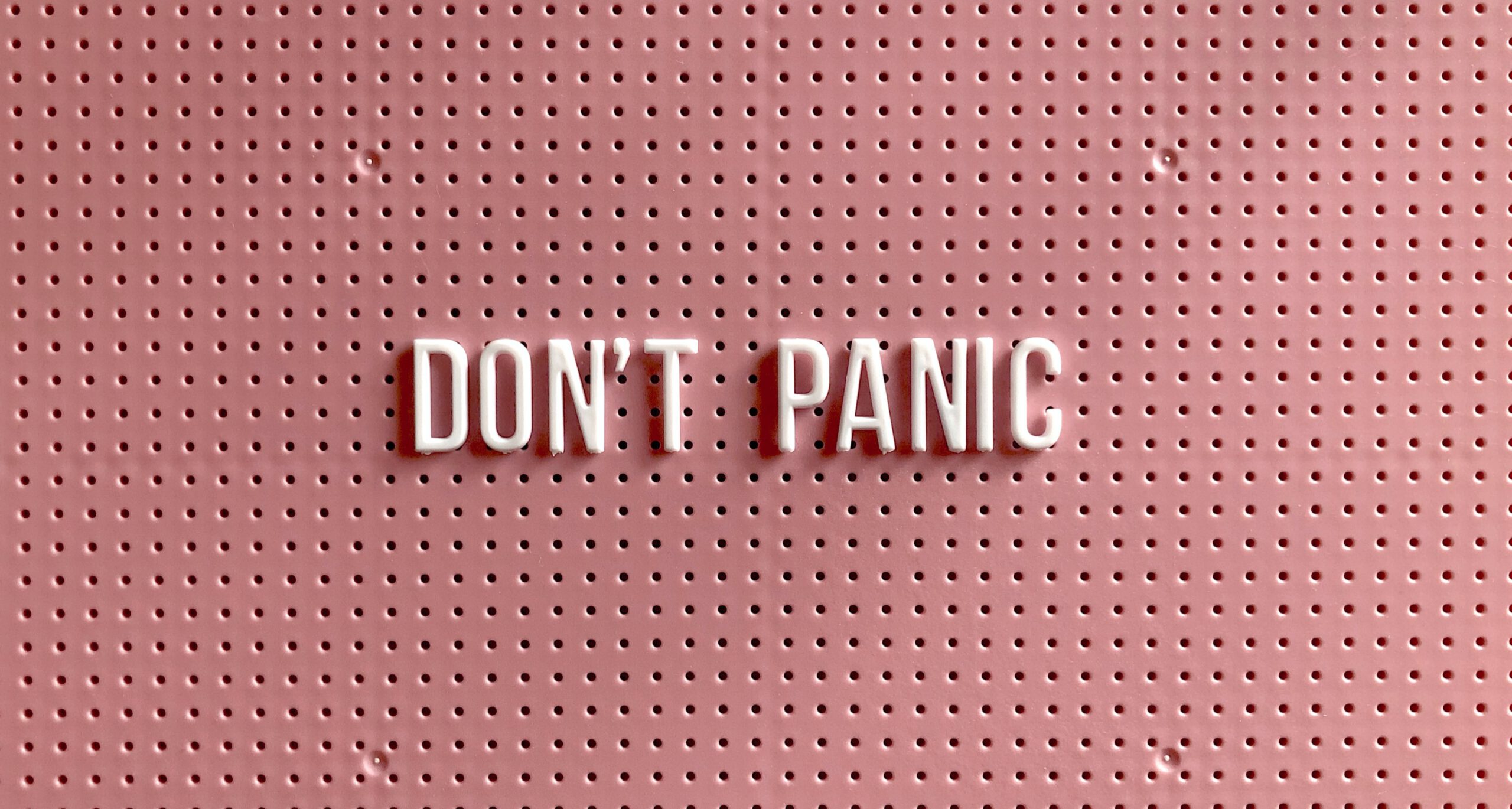How does our body-mind system react to fear?
As rational people, we deal with all kinds of perceived threatening situations in our daily lives, such as:
- There is a pandemic and someone you love, who is vulnerable, is starting to show symptoms.
- You suspect that your partner is going to end your relationship when you don’t want to.
- There is so much on your plate that you can no longer handle it and cannot foresee the consequences.
- You worry about your financial situation, and you realize that you will not be able to pay your mortgage in six months.
- You think that in the future the world will be in big trouble, and you may lose everything that is important to you.
- You feel a pain or irregularity in your body, and you think it is a terrible disease.
And so on…
None of these are life-threatening situations in and of itself. They are just thoughts (about a situation in the future that may not even become a reality). Yet your body reacts like a hungry tiger in front of you and sets everything in motion to fight or flee.
This is how our “body-mind system” works at such a time:
- The perceived threat activates the amygdala – your brain’s fear center, the ancient survival brain (instinct);
- This activates your hypothalamus, part of the limbic system, the part of the brain that deals with emotion, motivation and pleasure;
- The hypothalamus then sends a signal to your pituitary gland – a gland in the middle of the head, below the brain, that secretes various hormones;
- The pituitary gland sends a signal to your adrenal glands – small organs just above the kidneys that have an important function in the production of hormones;
- The adrenal glands release cortisol (the primary stress hormone) into your bloodstream;
- This prepares your body for fight or flight;
- A fear response is activated in your limbic system (the part of your brain that controls your emotions) and this causes the production of even more cortisol;
- The sympathetic nervous system (fight or flight response: the acceleration) is activated: leading to physical reactions such as heart rate up, breathing faster, stored energy (glucose). This is all done to give you the speed and power to get out of the potential danger right away;
- So your body gives off stress signals (as if there is great danger such as a hungry tiger standing in front of you and ready to attack) and this creates panic;
- At the same time, minor bodily systems are shut down or minimized, such as the immune system and digestion;
- But because the danger is in your head, you can’t really fight or flee.
- Without intervention, the fear response also switches off the cortex (the rational part of the brain), so that you can no longer think properly and view the situation rationally;
- If you manage to take control, the cortex can assess the situation, a process that requires rest and attention (which is often no longer there in the panic);
- If you allow the time – take a deep breath, calm down, connect with your body – you can realize that there is no real danger and maybe even put it into perspective (“maybe it’s okay, let’s see what it really is first”);
- Once this happens, the cortex deactivates the amygdala. This, in turn, inhibits the secretion of cortisol through the hypothalamus, returning you to homeostasis and decreasing the physical fear response in your body;
- The autonomic nervous system re-mobilizes the parasympathetic nervous system (rest and digest response: the brake) and restores the body to its normal situation (homeostasis): heartbeat and breathing become normal, digestion is started, energy is stored again, the thinking brain can again analyze optimally, find solutions and make plans.
Result: you have taken control of the autopilot in the survival brain (initiated by your thoughts).
Your thoughts are instructions for your body…
…make them conscious!
…make them supportive!
You can see that the whole process starts with a thought about a future scenario which may be realistic or not. The trick is to make these thoughts conscious. Become aware what thoughts set the autopilot in motion. And then stop or turn those thoughts around.
See also my blog Looping Thoughts.
 And if you get into the fight/flight reflex too often without using rest/digest to regulate back to balance (homeostasis), then the entire system becomes overloaded. Then there is a risk of burnout, exhausted adrenal glands and even physical issues under the heading of “autoimmune diseases” in which the body attacks itself. People then become hyper alert because they have not regulated their body-mind system back to the rest position. This is often confused with high- sensitivity.
And if you get into the fight/flight reflex too often without using rest/digest to regulate back to balance (homeostasis), then the entire system becomes overloaded. Then there is a risk of burnout, exhausted adrenal glands and even physical issues under the heading of “autoimmune diseases” in which the body attacks itself. People then become hyper alert because they have not regulated their body-mind system back to the rest position. This is often confused with high- sensitivity.


